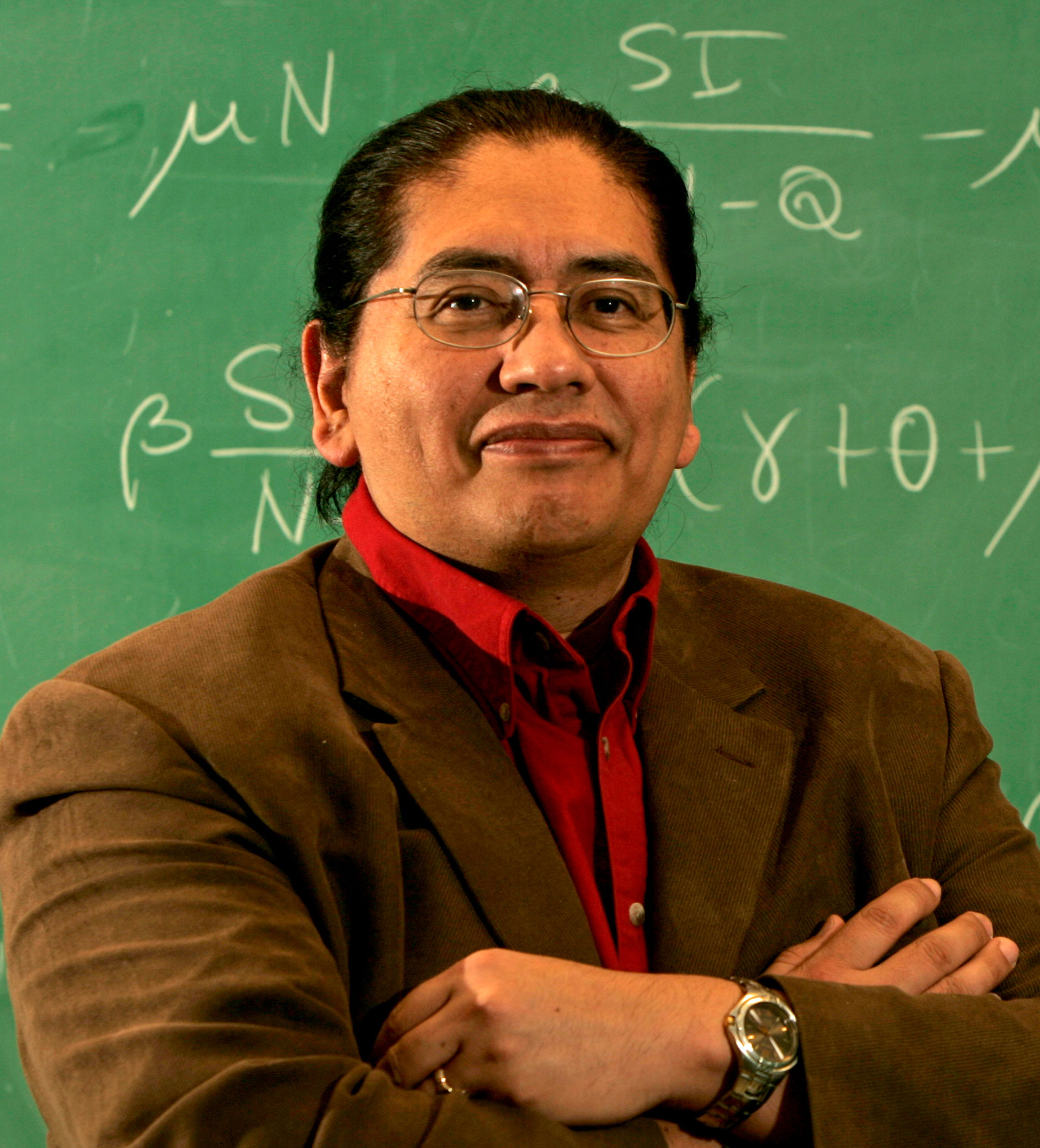Can new math help fight viral outbreaks?
ASU mathematical biologist Carlos Castillo-Chavez calls for evolution in models used to predict, combat communicable diseases

HIV ... SARS ... Ebola ... H1N1 ... Zika.
The list of communicable global health threats seems ever growing, and frequently the limited resources available to fight these diseases must be picked up and redeployed — often haphazardly — as the next new threat emerges.
But what if there were ways to wage a more effective war against all communicable diseases, using new combinations of proven complex sociological and statistical mathematic models to tell where an outbreak might occur, how it might spread and how best to fight it?
That’s exactly what Carlos Castillo-Chavez, a Regent’s Professor of mathematical biology at Arizona State University’s School of Human Evolution and Social Change, and colleagues are calling for in an article published this month in the Proceedings of the National Academy of Sciences of the United States of America.
Carlos Castillo-Chavez
As executive director of the Simon A. Levin Mathematical and Computational Modeling Sciences Center, Castillo-Chavez isn’t satisfied with the traditional mathematical epidemiological approach to tracking these diseases.
That model relies heavily on the number of “collisions” between those with a disease and others who aren’t infected. It often falls short because it fails to consider the unique complicating factors of what is referred to in the study as a “patch” — or a zone of shared traits, including socioeconomic or geographic similarities — where those interactions occurred.
Instead, Castillo-Chavez says the intersection of two evolving approaches could potentially address the problem better.
The first is economic epidemiological modeling, which includes examining information flow in affected areas and the financial risk/reward perceptions that may drive movement to, from and within affected patches. For example, someone in a patch might have to choose between self-quarantine as a protection strategy vs. leaving home during an outbreak to go to work and receive income — which can also be a matter of life and death.
The second is the Lagrangian approach, which also assists with projecting human crowd movement and behavior but broadens the scope of patches considered related to a disease and allows them be assigned their own associated risk of infection per residency time. This information can then be layered over economic epidemiological modeling-driven population mobility calculations for more accurate projections.
“The Lagrangian perspective has helped increase our understanding of the consequences of the deliberate release of biological agents in 2003 and most recently in the study of Ebola in West Africa and Zika in the Americas,” Castillo-Chavez noted.
Both the development and the application of these types of new, complex mathematical and social theories would be no easy feat. But it might be a first step toward the goal of identifying consistent patterns — such as those starting to emerge in the study of host-parasite systems — that can account for not just known and recurrent variables, but also emergent natural and social shifts in a world where people can move anywhere, at nearly any time.
"These efforts emerged as the result of multi-institutional collaborators that met regularly at NIMBioS (the National Institute for Mathematical and Biological Synthesis) in Tennessee with the support of NSF (the National Science Foundation) for more than two years,” Castillo-Chavez said. “The research has been carried out with my former students and postdoctoral associates Benjamin Morin, now at Vassar, and Derdei Bichara, now at Cal State Fullerton."
Click here to access the abstract and PDF of the full study “Perspectives on the role of mobility, behavior, and time scales in the spread of disease.”
Castillo-Chavez also is affiliated with the Office of the Rector, Yachay Tech University, Urcuqui, Ecuador; and in the Departamento deIngenieŕıa Bioḿedica, Universidad de los Andes, Bogota, Colombia.
More Science and technology

Record number of ASU students selected for prestigious DAAD-RISE program
The Lorraine Frank Office of National Scholarships Advisement has announced that a record-high 34 Arizona State University students have been selected for the prestigious DAAD-RISE award in 2024,…

ASU study identifies sex-based differences in physical aggression
Males are often more physically aggressive than females, whether it involves a school playground fight or assaulting another adult. When it comes to sibling dynamics, though, research recently…

Industrial engineers develop new AI to elevate 3D printing
In the future imagined by Feng Ju, interior designers will have artificial intelligence, or AI, tools to create everything from French provincial furniture to mid-century modern magic with a few…
